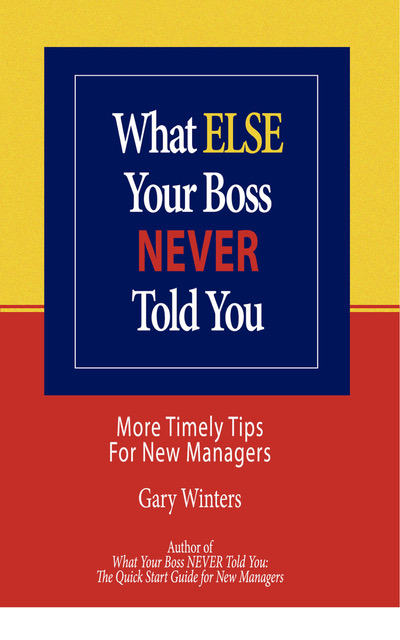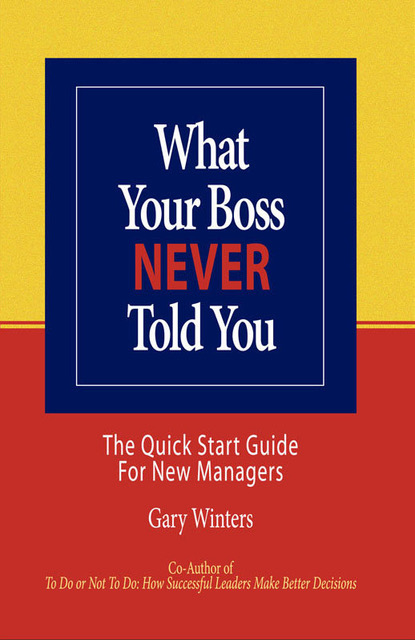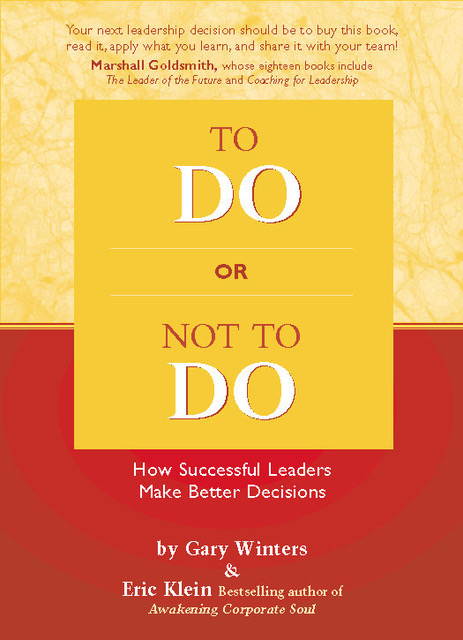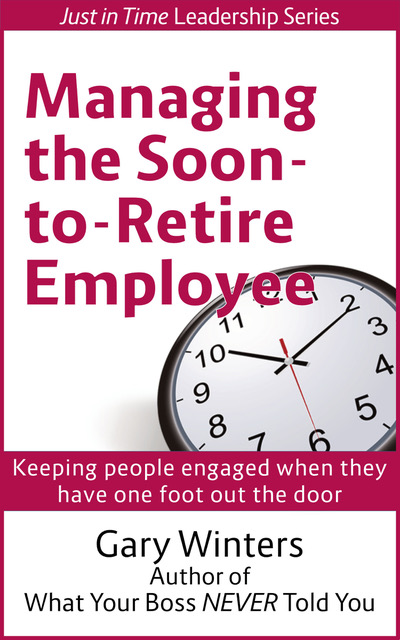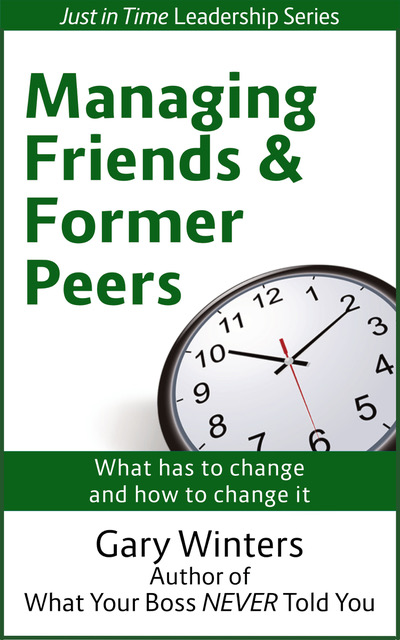 One common denominator in the most effective leaders I know is that they have a well-developed sense of humor.
One common denominator in the most effective leaders I know is that they have a well-developed sense of humor.
They’re not comedians, they rarely tell structured jokes, but they can lift a group in a heartbeat with a well-placed one-liner – which is often a self-deprecating piece of wit.
They know the importance and how to use humor to cut tension and help people start to believe that there just might be a way through a crisis.
Years ago I was convinced my career was stalled – and that it was likely to stay that way. My boss took an interest in my struggles for some reason, and as we sat down to talk, he said, “Don’t worry, kid. If you’ll work hard eight hours a day, eventually you’ll get to be boss and work hard twelve hours a day!”
His line brought a smile to my lips and I remember relaxing and feeling a little better immediately.
Today, as I think about talking about the intersection of leadership and humor, I remember something E. B. White, author of the classic Charlotte’s Web, said. “Analyzing humor,” he warned, “is like dissecting a frog. Few people are interested, and the frog dies of it.”
Okay, I get it.
But if you’re reading this far, maybe you are interested, and I promise – no frogs were harmed in the creation of this blog post.
Tension was in the air that day, as over 100 middle and senior managers gathered in a hotel ballroom for a critical meeting. The company was at a threshold. It was fast approaching $100 million in annual sales, a significant milestone, but there was growing concern it had not developed the systems and people to continue to thrive. People worried that it had grown too much and too fast. This meeting was widely seen as a make-or-break event.
I had been asked to facilitate the meeting, which mostly meant introducing speakers and keeping track of time. I was on the dais getting nervous because the President of the Company, Jim, who was scheduled to speak next, was nowhere to be found.
The current speaker was droning on about some sobering statistics with the crowd and I couldn’t think of much of a Plan B if Jim was delayed any further. I got ready to tell the group to take a quick break to stall a few more minutes.
Then, just as the speaker brought his presentation to a close, a door to the ballroom flung open, and into the room strode, with great fanfare, a costumed character – Mickey Mouse.
This was not on the agenda, I thought. What was going on?
“Mickey” strode to the front of the room, making lots of noise along the way and getting the full attention of the group. He sashayed up to the dais, took the microphone, and appeared to be getting ready to speak.
But for several long seconds he said nothing. All eyes were on him. The tension rose. Who was he and why was he interrupting the meeting? Was he some sort of protestor or agitator?
Then he removed his headpiece. Inside the costume was none other than Jim, the company President.
“Good morning,” he said. “For those of you who don’t know me, my name’s Jim, and I’m the President of this Mickey Mouse outfit!”
The stunned audience began to laugh. It got bigger than that. They guffawed. The tension had been broken. Jim went on to spend about twenty minutes talking with the leaders of his organization, telling them why he was optimistic that they would find solutions to the critical issues facing the organization.
He was right. They did.
Bill Cosby has said, “You can turn painful situations around with laughter. If you can find humor in something, you can survive it.”
“I think the next best thing to solving a problem is finding some humor in it,” is how Frank A. Clark (creator of “The Country Parson,” a syndicated newspaper cartoon) put it.
Even Harry S Truman had an observation about leadership and humor: “Any man who has had the job I’ve had and didn’t have a sense of humor wouldn’t still be here.”
If you’re in a leadership role, don’t be reluctant to use humor from time to time to help people through a rough patch. Far from being inappropriate, it may indeed be the best medicine.
And for those of you who don’t think of yourselves as having a good sense of humor, at least take W. C. Fields’ advice: “Start every day with a smile and get it over with.”
This article is part of a series of 26 posts for the month of April called “Blogging from A to Z,” an idea first suggested by Arlee Bird of Tossing It Out.

